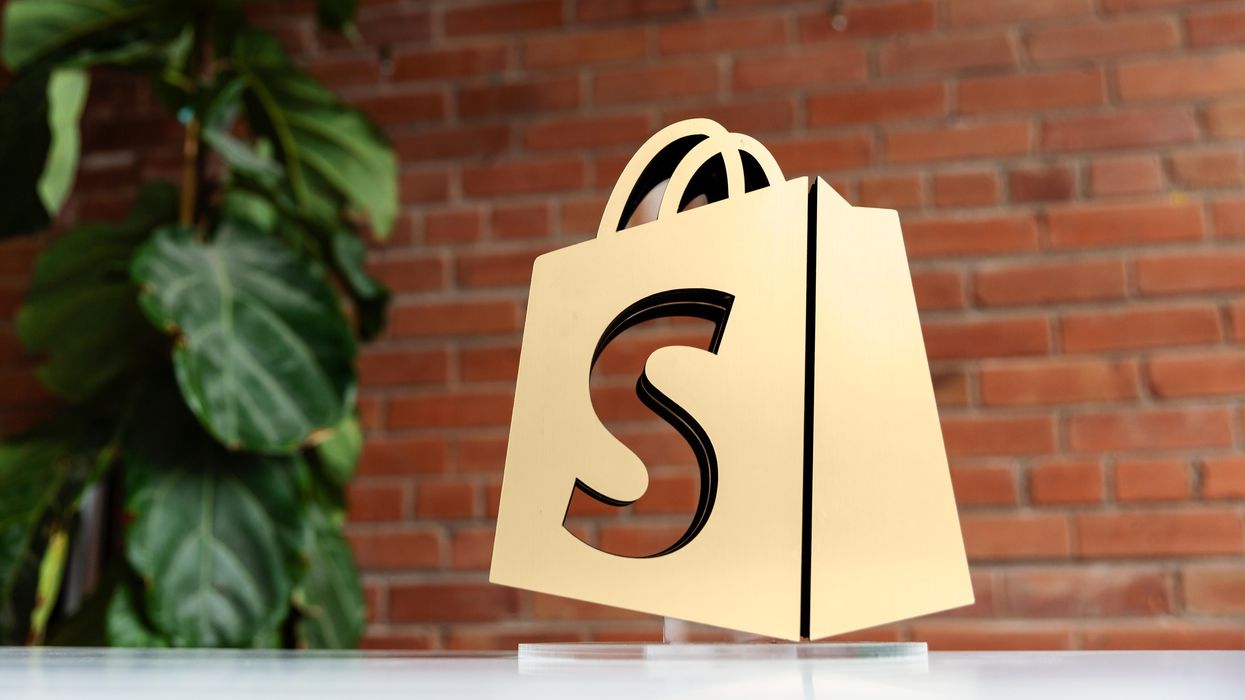Amazon can take credit for many ecommerce innovations, but few are so bold and successful as Prime Day. In 2015, the company invented a new holiday, centered it around shopping and lifted US retail from its usual midsummer nap along with it.
But for all the rightful lore that will be written, it’s worth noting that Prime Day was not the first ecommerce shopping holiday, and it is not the world’s largest.
That title belongs to Singles’ Day, a shopping extravaganza in China where consumers score deals galore on marketplaces such as Tmall and JD.com. The event culminates on November 11, which is designated as the Singles’ Day holiday to celebrate people who are not in relationships. Alibaba seized on this day as a shopping event in 2009, and it has taken off since. Singles’ Day is now the moniker that describes a weekslong shopping extravaganza, starting in late October.
Even though the US has plenty of experience with designated days for shopping, Singles’ Day trumps them all.
“Prime Day was partly inspired by Singles Day—both are ‘manufactured’ shopping holidays—but Singles’ Day is larger than Black Friday and Cyber Monday combined,” said Vijay Ramachandran, VP of market strategy in global ecommerce at shipping company Pitney Bowes. “The reason for this is that it is as much a social event as it is a shopping event. That’s something US retailers could learn from.”
With Singles’ Day, commercial and cultural significance work hand-in-hand. As Alibaba’s Tmall offers massive deals through livestreaming events on its ecommerce marketplaces, the company also hosts massive festivals that have attracted Katy Perry and Mariah Carey.
The whole affair is all about meeting others, and it brings people together.
“We’ve yet to see a US shopping holiday have the cultural and social significance of Singles’ Day, which invented a new way for a large portion of the population—single people—to interact,” Ramachandran said. “It’s been so popular that non-single people quickly joined in on the holiday, too.”
By contrast, Prime Day is largely focused only on the shopping side, and, despite the vaunted halo effect, is still seen primarily as an Amazon affair. Singles’ Day also takes a different approach to delivering its deals. Livestreaming events being the primary way that people buy. To be sure, this reflects the preference for live shopping in China as a whole. But it’s worth paying attention to what it creates: Shopping is an event where people gather at a specific time and interact with a host, rather than simply a time to browse for deals.
With US brands and retailers showing more interest in social commerce, there may be room to hold an event that is more directly inspired by the Singles’ Day format.
As one example of interest from a platform, YouTube is currently holding a 10-day shopping event called From YouTube to You, featuring livestreams and shoppable content from its top creators, as well as brands like POPFLEX, Ulta Beauty and TULA Skincare. YouTube this year made a push into live shopping with new features, and clearly sees events as a way to build around them.
“The opportunity is still sitting out there for popular US brands—assisted by an army of their social influencers—to jointly create a shopping holiday that consumers want to celebrate,” Ramachandran said.
By the numbers
Singles’ Day is also a moment to step back and underscore the massive scale of ecommerce in China. In 2021, Alibaba and JD.com set a new record with $139 billion in sales during the event. By contrast, this year’s Prime Day week netted $12 billion in online sales for the US as a whole, according to Adobe Analytics.
The contrast is driven by the scope of the Chinese economy as a whole, Ramachandran said.
China has more consumers than any other country, owing to its world-highest population of 1.4 billion people. In 2021, China’s ecommerce sales totaled $2.49 trillion, while US ecommerce sales came in at $870.8 billion.
There are more products manufactured in China than in any other country, as well. in 2020,
China exported $438 billion worth of goods to the US, while the US exported $122 billion to China.
This has also made China a logistics powerhouse that is only growing. In 2021, China became the first country to ship 100 billion parcels in one year. It shipped 108 billion parcels, marking a 30% increase from 2019, and a big uptick from the 83 billion parcels shipped in 2020, according to the Pitney Bowes 2021 Parcel Shipping Index. That equates to 3,434 parcels shipped per second, or 297 million each day.
Compare that to other countries, and the US was the next closest with 21.6 billion packages shipped, followed by Japan at 9.2 billion.
Straight to mobile
So what enables this? To be sure, the number of people in China and its emphasis on growing the middle class in recent years makes everything orders of magnitude larger there. But another big reason for the difference is the way a big part of the economy is built for ecommerce in China. The more social nature of shopping drives massive sales. In the supply chain, that has led to a bonanza in the shipping industry, as well.
“Consumers in China skipped desktop computing and went straight to mobile commerce, which meant that buying online anywhere, anytime was normal in China long before it was normal in the US, so ecommerce shipping volumes accelerated much sooner,” Ramachandran said. “This also meant more competition and infrastructure investment for Chinese shipping and logistics companies early on—resulting in the average cost of shipping a parcel in China to be one-sixth of the cost in the US.”
Singles’ Day is the single biggest expression of that fast growth of ecommerce, and shows how it can be harnessed around a big event. Amid the torrent of deals and celebrities, there are likely plenty of opportunities for brands and retailers from across the world to learn. Just look at what Amazon did.










